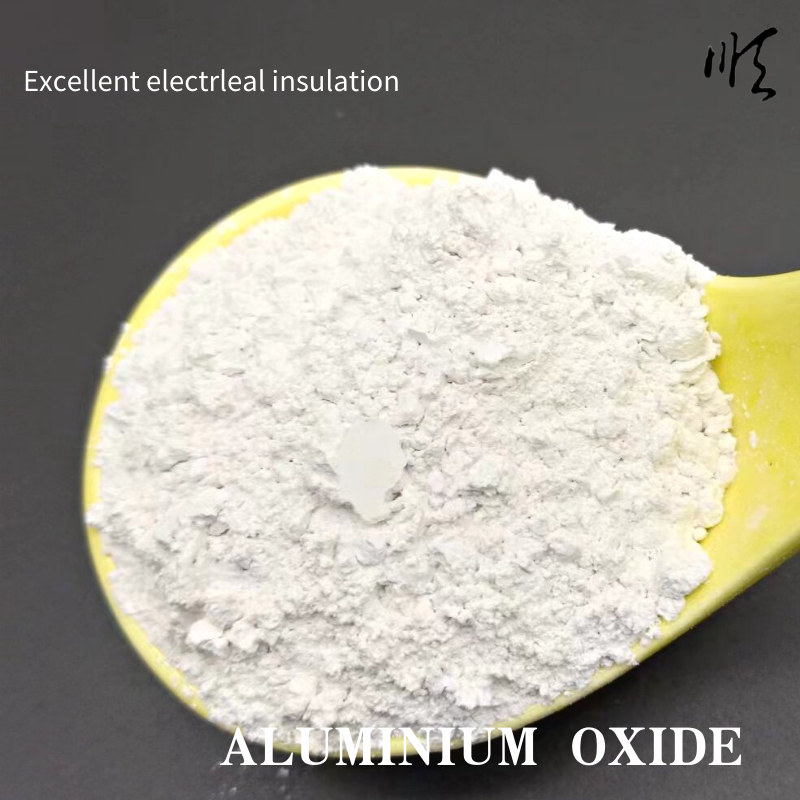
Optimizing Raw Ore Processing for Enhanced Efficiency and Output
Understanding Raw Ore The Foundation of Mineral Resources
Raw ore is the unprocessed material mined from the Earth, primarily consisting of minerals and metals sought after for various applications. This fundamental resource forms the basis of the mining industry, serving as the initial stage in a complex supply chain that ultimately delivers refined metals and minerals for use in countless industries, from construction to technology.
The journey of raw ore begins deep within the Earth’s crust, where geological processes forge valuable minerals over millions of years. These deposits can vary significantly in composition and quantity, depending on the specific geological conditions that created them. Common types of raw ore include copper, iron, gold, aluminum, and nickel, each with its unique properties and applications. For instance, iron ore is a primary component in steel production, while bauxite is the main source of aluminum.
Extraction of raw ore typically involves a series of processes, starting with exploration to identify viable mining sites. Once a site is deemed economically viable, mining operations commence. This can be achieved through various methods, including open-pit mining, underground mining, and placer mining. Each approach has its pros and cons, with considerations of costs, environmental impact, and safety playing critical roles in decision-making.
Once mined, raw ore undergoes processing to extract the desired minerals
. This often involves crushing and grinding the ore, followed by methods such as flotation, magnetic separation, or hydrometallurgy. These processes separate the valuable minerals from the waste materials, resulting in concentrates that can be further refined. For example, copper ore is often treated with a process called leaching, where chemicals dissolve the copper from the ore, allowing it to be separated and purified.raw ore

The significance of raw ore extends beyond its immediate use in metal and mineral production. It is also crucial in addressing global issues such as sustainability, resource scarcity, and economic development. As industries evolve and technology advances, the demand for various metals and minerals continues to rise, prompting the need for more efficient and responsible mining practices.
Moreover, the environmental impact of raw ore extraction cannot be overlooked. Mining operations can lead to deforestation, soil erosion, water contamination, and loss of biodiversity. As such, there is a growing emphasis on sustainable mining practices, which seek to balance resource extraction with environmental conservation. This includes employing advanced technologies to minimize waste, rehabilitating mining sites, and ensuring that local communities are involved in the decision-making process.
The economic implications of raw ore are also profound. Countries rich in mineral resources often experience significant economic benefits from exporting these materials. However, this can also lead to challenges such as over-reliance on commodity markets and the “resource curse,” where resource-rich countries struggle with governance and economic stability. Thus, effective management of raw ore resources is crucial for long-term socio-economic development.
In conclusion, raw ore represents more than just a collection of minerals and metals; it is a vital component of our global economy and technological advancement. Understanding its extraction, processing, and the challenges associated with mining is essential for ensuring that we harness these resources sustainably and ethically. The future of raw ore and its management will play a significant role in shaping the landscape of industry, environment, and economy for generations to come.
Share
-
Premium Pigment Supplier Custom Solutions & Bulk OrdersNewsMay.30,2025
-
Top China Slag Fly Ash Manufacturer OEM Factory SolutionsNewsMay.30,2025
-
Natural Lava Rock & Pumice for Landscaping Durable Volcanic SolutionsNewsMay.30,2025
-
Custom Micro Silica Fume Powder Manufacturers High-Purity SolutionsNewsMay.29,2025
-
Custom Mica Powder Pigment Manufacturers Vibrant Colors & Bulk OrdersNewsMay.29,2025
-
Custom Micro Silica Fume Powder Manufacturers Premium QualityNewsMay.29,2025






